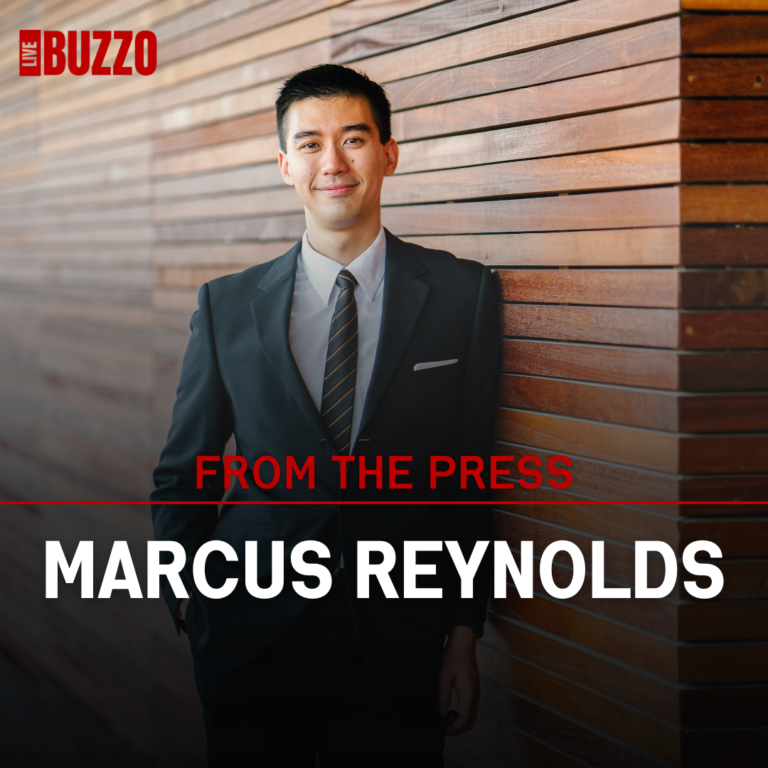Introduction
In recent years, office culture has undergone a significant transformation—one that reflects broader societal changes in attitudes toward work-life balance, individual expression, and, notably, dress codes. As more companies recognize the importance of comfort in the workplace, many are shifting away from rigid dress codes toward a more relaxed approach. This article explores the implications of this shift, emphasizing why comfort should take center stage in today’s office culture.
The Historical Context of Dress Codes
Traditionally, dress codes in the workplace have been strictly enforced, often favoring formal attire such as suits and ties. This approach was rooted in hierarchical organizational structures and a belief that a professional appearance equated to professionalism and competence. However, as workplace dynamics evolve, so too does the understanding of what constitutes a professional image.
The Rise of Comfort Culture
1. Changing Attitudes Toward Work
The COVID-19 pandemic has accelerated a reevaluation of how and where we work. Remote work and hybrid models have highlighted the need for comfort, leading many organizations to reconsider their dress policies. Employees now prioritize comfort—both physically and emotionally—over traditional standards of professionalism.
2. Mental Health and Productivity
Numerous studies have shown that comfort in the workplace can lead to increased productivity and job satisfaction. When employees feel comfortable, they are more likely to focus on their tasks and contribute positively to the work environment. Relaxed dress codes can reduce stress and create a more inclusive atmosphere, allowing diverse voices to thrive.
The Benefits of Comfort in Dress Codes
1. Enhanced Creativity
Encouraging a relaxed dress code can spark creativity. When individuals feel free to express themselves, even through their clothing choices, it can lead to innovative ideas and solutions. By fostering an environment of self-expression, organizations can tap into a wealth of creativity that may have been suppressed by historical dress conventions.
2. Attracting Talent
As the labor market becomes increasingly competitive, companies that embrace comfort and inclusivity in their dress codes have a distinct advantage when it comes to attracting top talent. Today’s workforce, particularly younger generations, values workplaces that prioritize well-being and individuality. A flexible dress code signals a progressive culture that can draw in diverse candidates.
3. Building Inclusivity
A core tenet of Marcus Reynolds’ philosophy is the importance of diverse perspectives. Relaxed dress codes can serve as a critical step toward inclusivity by allowing employees to feel comfortable in their skin. This approach acknowledges that traditional dress codes can inadvertently marginalize certain groups, making a more inclusive workplace possible.
Implementing a Shift in Dress Code Policy
1. Creating a Handbook
Organizations looking to embrace a more relaxed dress code should develop clear guidelines that reflect their unique culture while ensuring professionalism. A well-crafted handbook can help employees understand the balance between comfort and professionalism, making it easier to navigate this new landscape.
2. Encouraging Open Dialogue
It’s important to foster an environment where employees can share their opinions about dress codes without fear of reprisal. Encouraging open dialogue not only helps in refining the dress code policy but also empowers employees to feel like stakeholders in the organization’s culture.
Conclusion
The move toward comfort in office culture is more than a mere trend; it is a reflection of an evolving workplace that values well-being, inclusivity, and productivity. By rethinking dress codes and embracing comfort, organizations can foster a more engaged and innovative workforce. As we continue to navigate this transformation in office culture, it is essential to balance traditional professionalism with a progressive approach that meets the needs of today’s diverse employees.
In the end, it’s about striking a chord between comfort and professionalism—a harmonious balance that resonates well across the spectrum of workplace dynamics.
By highlighting the importance of comfort in office culture, this article reflects Marcus Reynolds’ commitment to fostering dialogue and understanding in a rapidly changing world. As we continue this conversation, it is crucial to recognize how these changes impact our professional lives, paving the way for a more inclusive and productive future.


